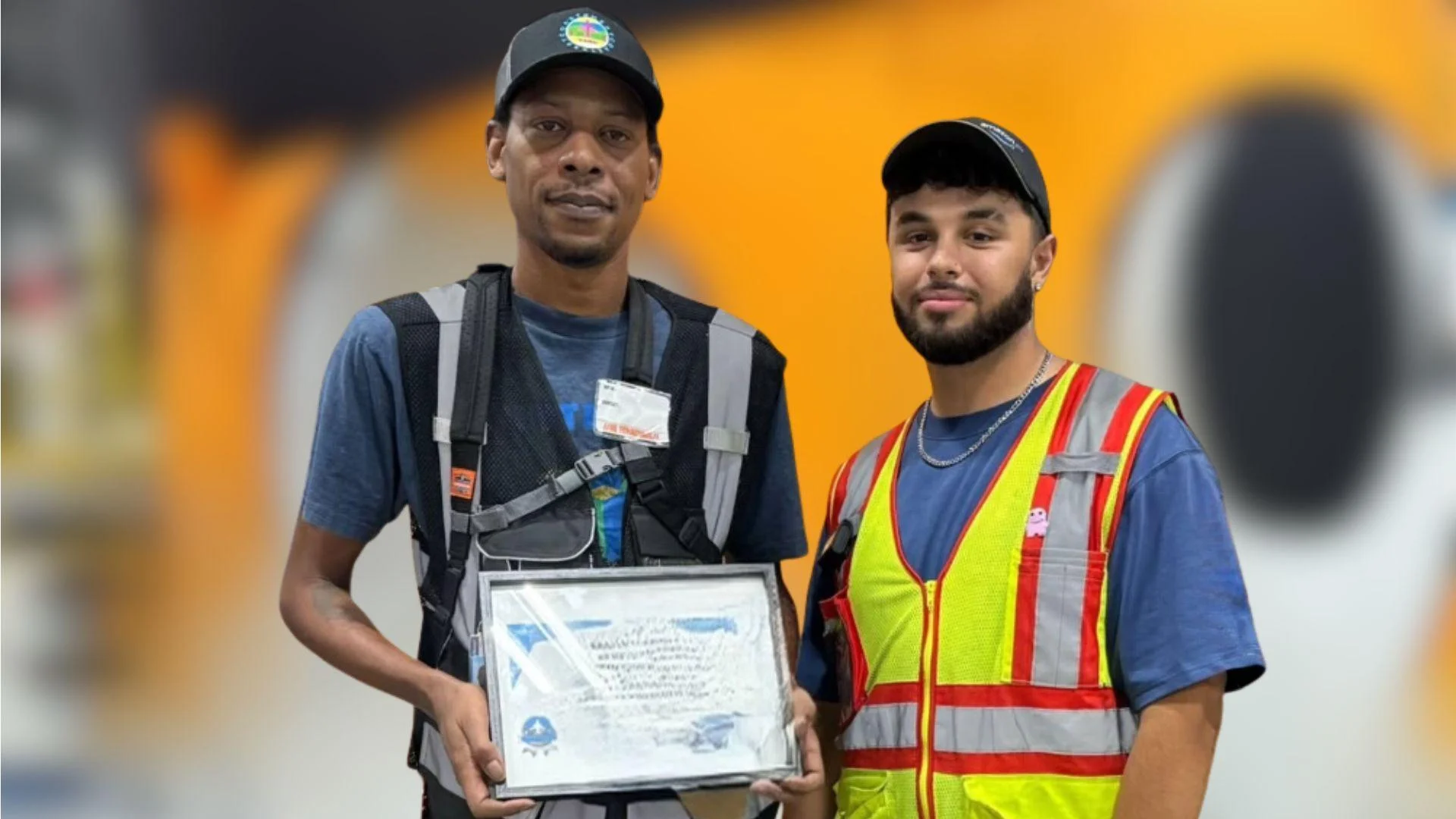Based on state-of-the-art modeling of circadian rhythms, the Charles Perkins Centre advised the optimal spectral irradiances for light to promote circadian adaptation, sleep, and wake. These were implemented and tested throughout the lighting workshops in Hamburg and adjusted for eye comfort and appearance.
The lighting sequence will be tailored to help passengers adjust to their destination time zone before they set foot on the ground.
The trial has produced a series of 12 unique lighting scenes specifically for Project Sunrise flights, including:
“Awake”: Broad-spectrum, blue-enriched lighting to help customers adjust to the destination time zone and help them stay awake; a softer version is available for crew to choose based on cabin mood and ambiance.
“Sunset”: An immersive transition from a daytime mode into dark that moves through the colors of a sunset into a night sky with moonlight and slow cloud effect to relax customers and prepare them for sleep.
“Sunrise”: Dynamic lighting effective for a transition from night to day that replicates an Australian sunrise rolling from the front of the cabin to the rear.
The main cabin will also have Welcome and Farewell lighting scenes for boarding and disembarking, as well as tailored scenes for taxiing, take-off, landing, and sleep.
The Wellbeing Zone will feature soft blue-enriched light creating a daytime sky effect with slow-moving clouds during ‘the day’ to keep customers awake, and a moonlight-inspired scene with reflections of water rippling to relax customers who spend time in this area while the rest of the cabin is in a dark period.
In a first for the airline, six enclosed First Suites will offer fully customizable lighting sequences that allow customers to choose their preferred time zone throughout their flight duration.
Qantas International CEO Cam Wallace stated that scientifically informed lighting design was another critical component in preparing for Project Sunrise flights. “These world-first flights have been an opportunity for us to work with experts...to rethink the inflight experience with a focus on customer wellbeing,” said Wallace. “Combined with...specialized meal planning...this unique lighting sequence will help improve our customers’ comfort...and minimize their jetlag.”
Australian Industrial Designer David Caon noted that aircraft lighting significantly impacts circadian rhythm. “Using...the Australian landscape as inspiration,...we’ve curated an immersive suite...to help travelers best adjust...and improve their inflight wellbeing,” said Caon.
Joost van der Heijden from Airbus Commercial Aircraft highlighted that Qantas utilized Airbus' LED system offering over 16 million color combinations. “Qantas has taken full advantage...to create science-based specific effects that will help passengers adapt,” he said.
Dr. Sveta Postnova from Charles Perkins Centre remarked positively about applying circadian science practically: “It’s great to see circadian science being translated into practice.”
Qantas revealed these customized schemes at Airbus’ Airspace Customer Showroom in Toulouse where they temporarily displayed a life-size mock-up of Project Sunrise Wellbeing Zone. The airline will be first globally offering this purpose-built Wellbeing Zone between Premium Economy and Economy cabins featuring sculpted wall panels integrated stretch handles among other amenities recently recognized at Crystal Cabin Awards under "Passenger Comfort."
---
 Alerts Sign-up
Alerts Sign-up










